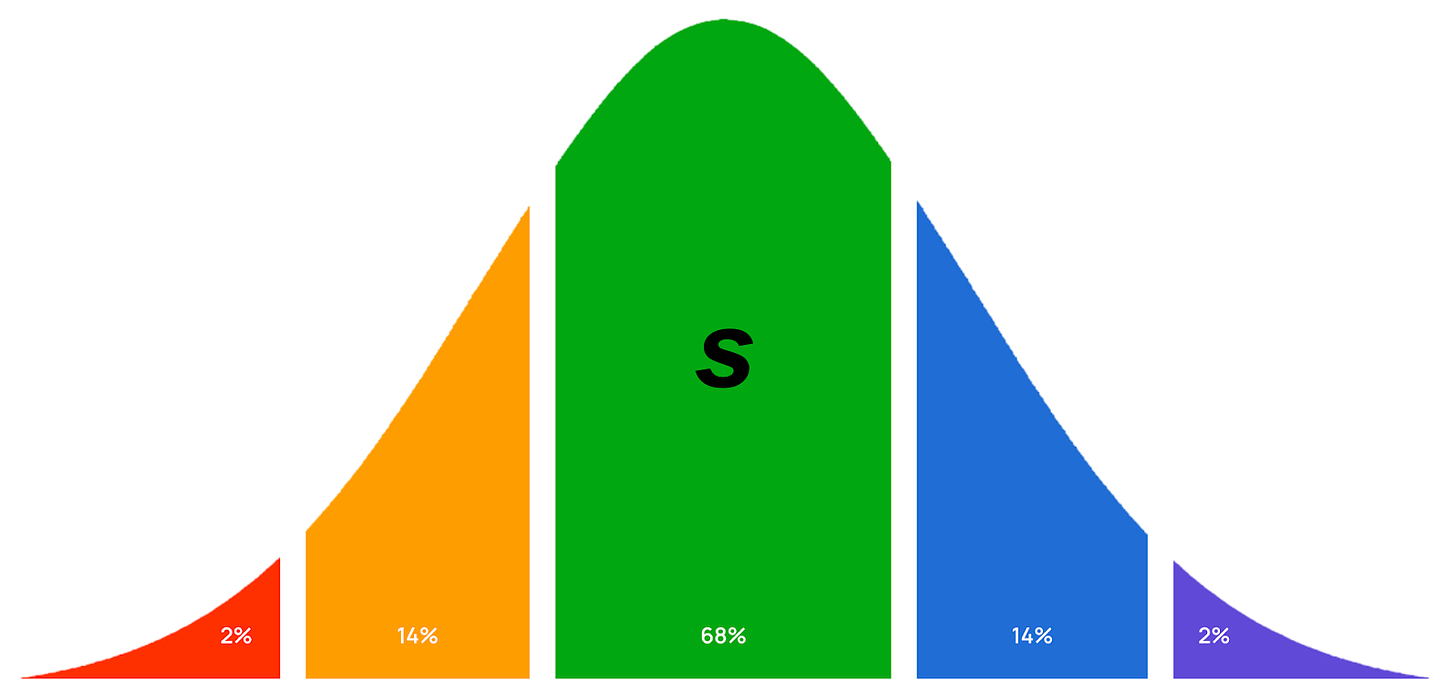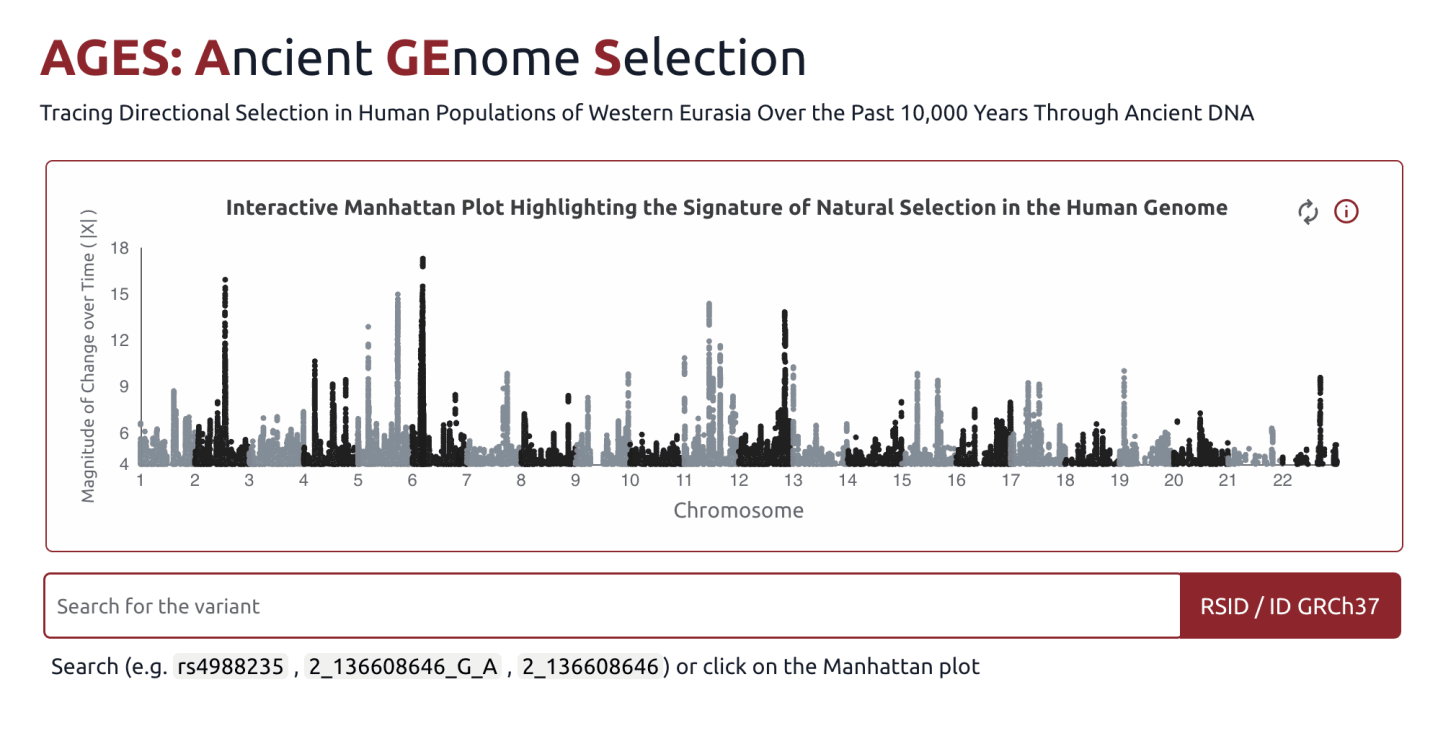14,000 years of natural selection
Manage episode 440790460 series 3270887
If you have a sibling with autism, your future child’s risk for an autism diagnosis is increased by a factor of 2 to 3.5×. Orchid’s whole genome embryo reports can help mitigate your child’s risk by screening for over 200 genetic variants definitively linked to autism and other neurodevelopmental disorders. Discuss your situation with a genetics expert.
On this episode of Unsupervised Learning Razib talks about what we have learned from a blockbuster new preprint, Pervasive findings of directional selection realize the promise of ancient DNA to elucidate human adaptation. Synchronously released was the Ancient Genome Selection browser, which allows you to trace the allele frequency of variants of interest over the last 10,000 years. Razib covers:
The relationship of selection to adaptation and the Darwinian understanding of evolution
Non-genetic selection
Types of biological selection like positive, negative, background and balancing selection
Hard vs. soft sweeps and their relevance to detecting selection in the genome
Older forms of natural selection detection between species (dN/dS, Tajima’s D)
Newer forms of selection detection within species with haplotype structure, outlier SNP analysis and site frequency spectra
The Generalized Linear Mixed Model used to model allele frequency change over time, and estimates of selection in cases where population structure and drift are not sufficient
Specific examples of SNPs whose variation can be examined in the browser and are clearly cases of selection
Survey of traits that were revealed under selection, including blood groups, pigmentation and intelligence
Critiques of the methods due to not accounting for drift or population structure, and its limitations in relation to the ability to port across populations due to LD structure
28 episodios






